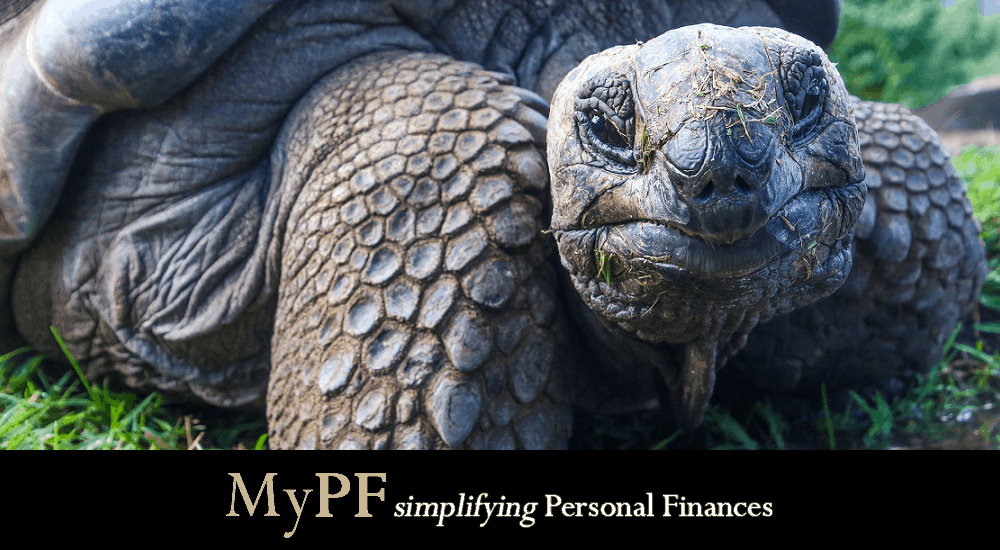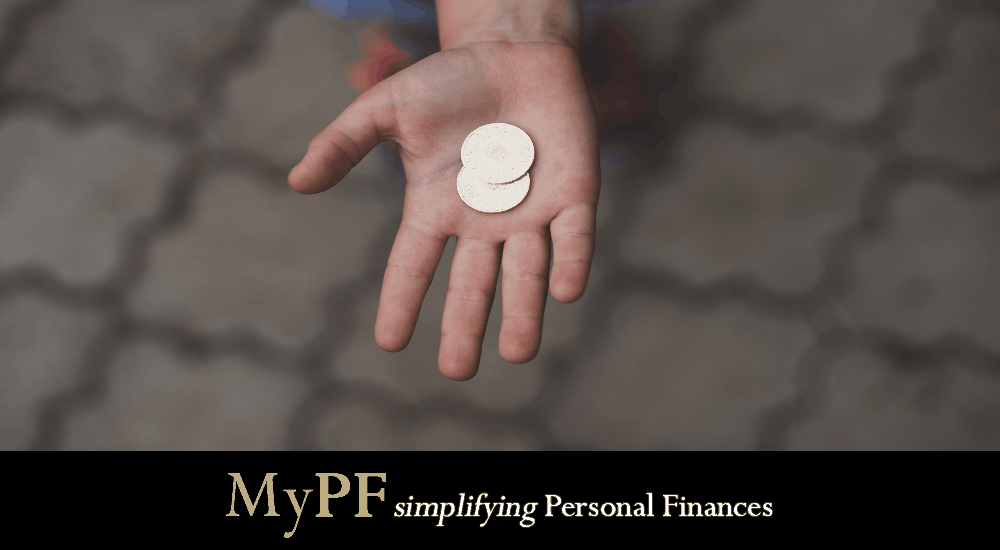Worried about how to get started on your long-term investment journey? Secure your financial health by knowing these important characteristics to be aware of.
The concept of long-term investments have gained popularity recently as many look to them to supplement their regular income in these difficult times.
But, how do you determine which long-term investments are good for you?
Having guidelines to steer your choices can help you make more informed decisions and avoid pitfalls which could potentially have a deep impact on your investment journey.
Let these 6 characteristics guide you in identifying the right long-term investments for you.
Contents
#1: Steady, Regular Dividends and Returns
These are the most important characteristics that you should look out for in any long-term investments you are taking on. Long-term investments are not supposed to generate the highest returns for you but rather provide stability for you in your financial journey.
Steady means that you can reasonably expect a certain range the investment will give you every year. For example, when you invest in a fixed deposit, the bank promises you a fixed return like 4.0%.
Regular means that you will get a constant stream of dividends and returns every year without fail.
Hence, you are looking for investments that generally have low risks and are considered safe. With these investments, you do not need to worry about whether they would go sour suddenly.
However, this also means you will also forgo higher returns on them as higher risk equates higher returns.
#2: Under Reputable and Well-Established Management
The people or management behind the investments play a key role in establishing investors’ (that’s you!) confidence in them. After all, you want your investments to be handled and managed by experienced professionals that know what they are doing.
This is especially true for long-term investments as the management needs to have a completely different mindset approaching this type of investments compared to shorter-term ones. For one, they need to be very patient with their investments, holding on to them even when they are performing well or worse.
The objective is not to obtain the highest return, but to generate steady returns for their investors. Look for investments whose management do not take excessive risk, with a well-established track record of delivering constant returns.
There are two ways of determining this depending on whether you want to invest in a fund or in the companies themselves.
On the one hand, if you are interested in investing in funds such as unit trust funds or exchange-traded funds, you can find out more on their profiles through Fundsupermart where you are looking for funds that have investment objectives of preserving capital in the long term. Look also at the company managing their investments. If they are names of banks or financial institutions that you recognise, rest assured that they are at least reputable.
On the other hand, if you are interested in investing in the companies directly, you need a different approach. Start by scanning through the constituent companies in the FBMKLCI for the top 30 companies in the market. Once you have identified the companies you are interested in, you would need to identify their credit ratings of their debt that are determined by Rating Agency Malaysia (RAM) and Malaysian Rating Corporation Berhad (MARC). The ratings will tell you how effective is management in the companies. The higher it is, the better you can regard the management team.
#3: Simple to Understand
You are going to hold the investments for long-term purposes so it is important that they are simple to understand.
For example, if you invest in a long-term fixed deposit, you just need to understand that the bank HAS to give you the promised returns no matter what (provided you don’t violate any of the terms).
If you are investing in a company, read the brief description of the company in Bloomberg or Wall Street Journal. Try to picture it in your mind how they generate their revenue and profits, and if you can’t, forget about it.
Since you are trying to hold these investments for the long term, it is more important to invest in investments that are easy to understand and “boring”.
That way, you don’t have to be uncertain and exit your investments unnecessarily down the line as you understand how the investments will generate money for you.
#4: Low or No Management / Service / Transaction Fee
Additional fees could make or break your long-term investment journeys. There are numerous fees that take on different names for different investments but ultimately will cost you when you are making investments.
Look for investments that have the lowest fees as you will be holding them for the long term and you might be incurring these fees every year.
In unit trust or mutual funds, you would usually incur management fees that are percentages of your total investments in them. They usually charge 1% to 2% in annual management fee of your total investments and provide you with the excess return from it. As an example of how to view this data, in this factsheet on AIA PAM – Growth Fund, AIA is charging its investors an annual management fee of 1.5%, where in total, you would be spending an annual expense ratio of 1.73%.
If you are looking to buy stocks, be aware that you are incurring higher transaction costs the more stocks you accumulate for portfolio. Look for trading houses that charge the lowest transaction cost.
If you are putting your money into fixed deposits, be aware about the hidden costs associated with setting up, withdrawing, and transferring your money in the accounts. Ask your banker to explain to you thoroughly what are the things that they are charging you for having a fixed deposit investments with them.
#5: Recession-proof
What happens when there is a recession in the economy? Everything is down, including most investments that you are holding.
One of the hallmarks of long-term investments is that its performance theoretically should ignore the overall market conditions and thus is recession-proof. Only then would they have the objective of preserving your capital in good or bad times.
Generally, government bonds and fixed deposits are recession-proof investments, as they will guarantee the returns you are getting no matter the economic conditions on the ground.
For stocks, look for traditionally defensive sectors that generate constant dividends for you such as banking and telecommunications. You can determine whether these companies offer a steady stream of dividends through searching for them on Malaysiastock.biz. As an example of how to view this data, Public Bank has consistently distributed its dividends in the past 5 years (look at “PBBANK Dividend History”).
Other than that, if you want to adopt a more technical approach, you can select stocks that have a low correlation to the market performance. This generally means that the price does not really follow the overall market and doesn’t change much when the overall market is up and down. Most investors term this the stock beta.
For example, Public Bank currently has a beta of 1.06 while CIMB has a beta of 1.57. This means that CIMB actually changes much more to any changes in the overall market than Public Bank.
A beta of more than 1, means that share price of that company changes more than the market change, while beta of less than 1 indicates the opposite.
#6: Strong Fundamentals
Admittedly, this is probably more relevant for more sophisticated investors who are looking to analyse the company’s business and financial fundamentals for long term holding prospects.
However, you can quickly analyse a company even as a beginner with the following guidelines
- Revenue growth needs to be steady at around 3% to 5% every year
- Consistent profit every year (no losses)
- Profit margins need to be stable
How can you do this? You don’t need to download any excel data or anything fancy like that. Instead, just search for the company you are interested here, and go to the chart titled “PBBANK Financial Highlights” and change it to “Annual”. You can check out the past five to seven years revenue and profit of that company by just looking at it and determining the trend for both revenue and profit.
Conclusion
Long-term investments are not really talked about in the general public, but its importance have increased with the emergence of Covid-19 recession. Most of the time, you would not know how to determine which investments are suited for the long term. You can start by learning what constitutes good long-term investments for you by looking for steady regular returns, reputable management, simplicity, low fees, recession-proof, and strong fundamentals.
Are there any particular long term investments that you want to highlight? Let us know in the comment below!











Leave A Comment